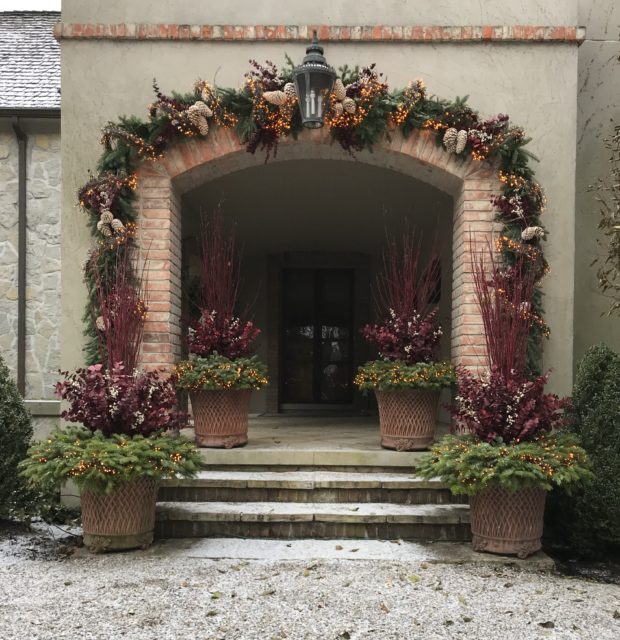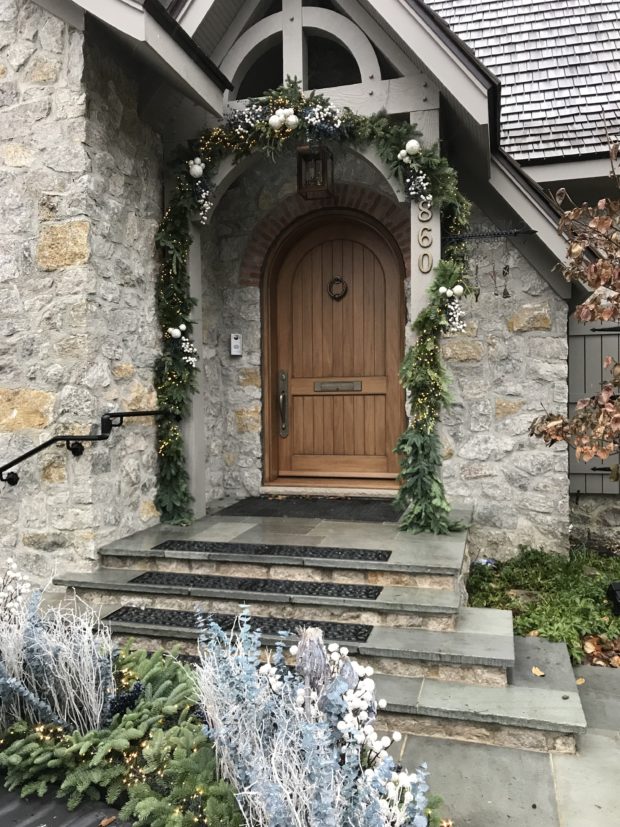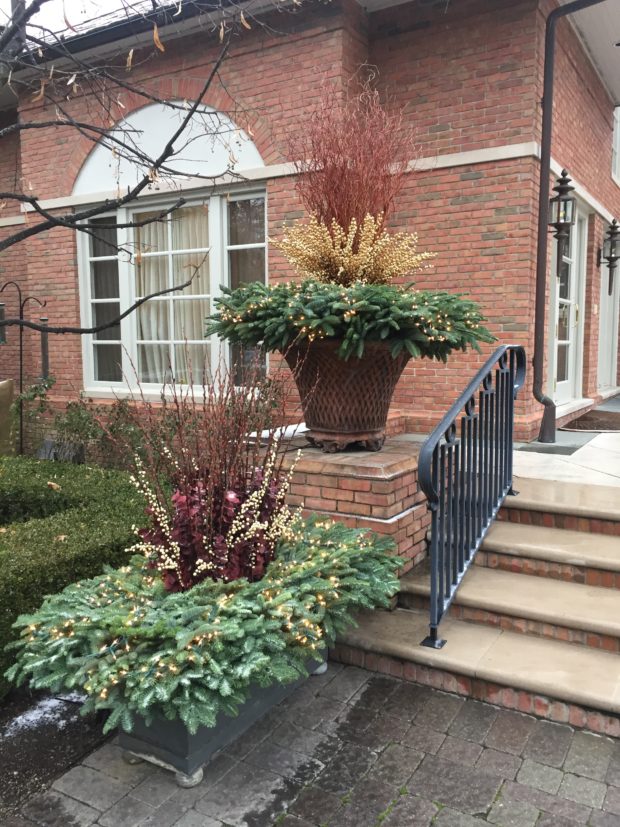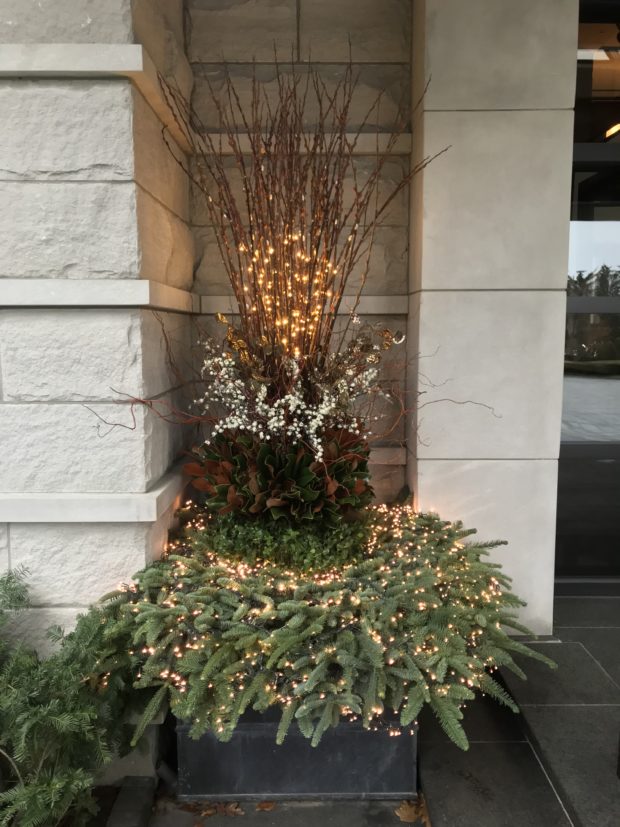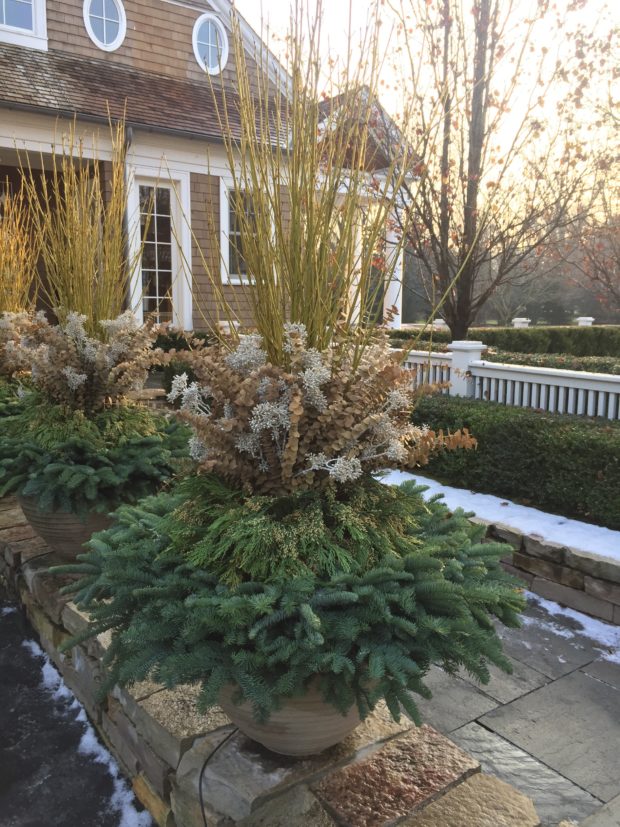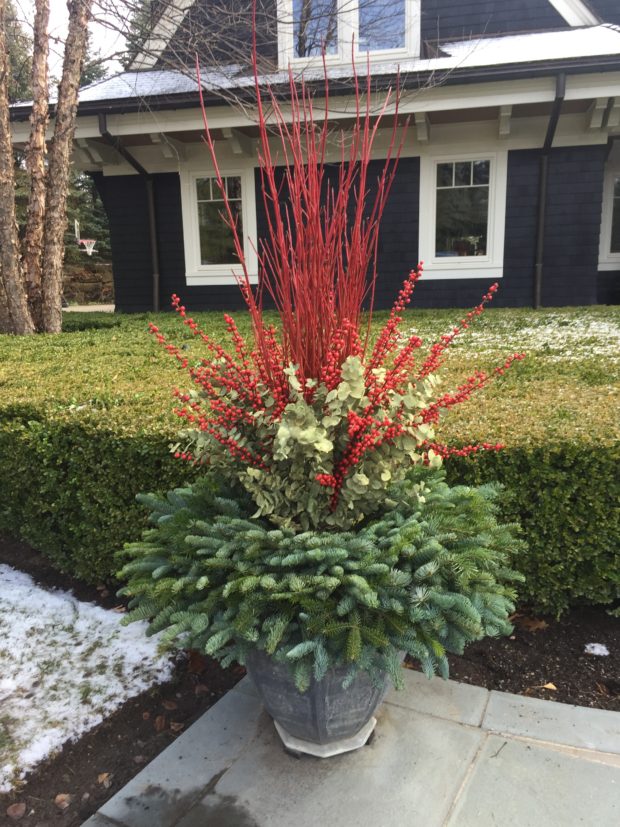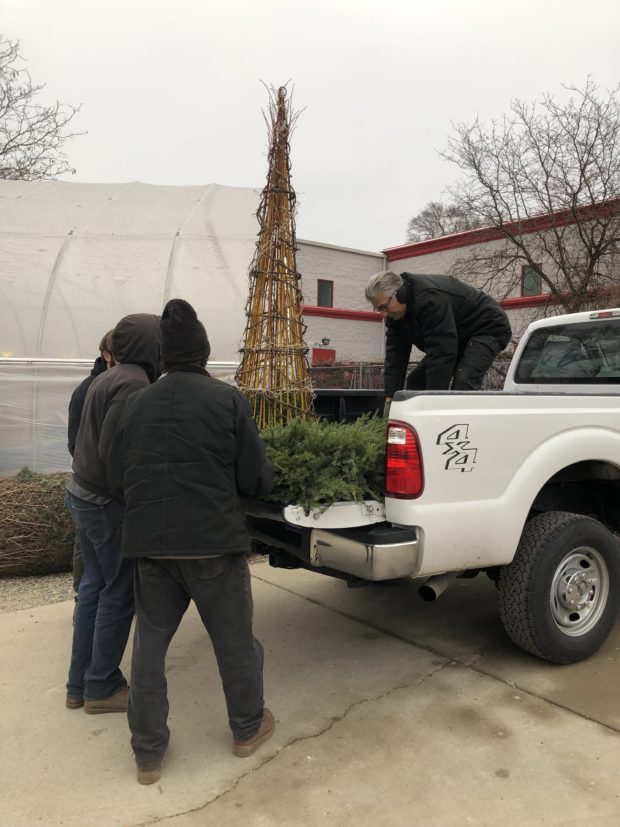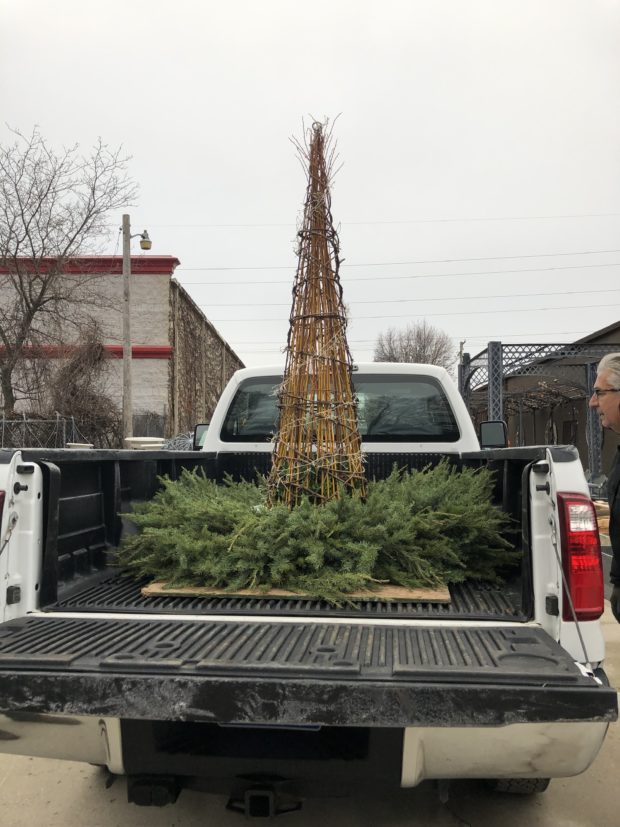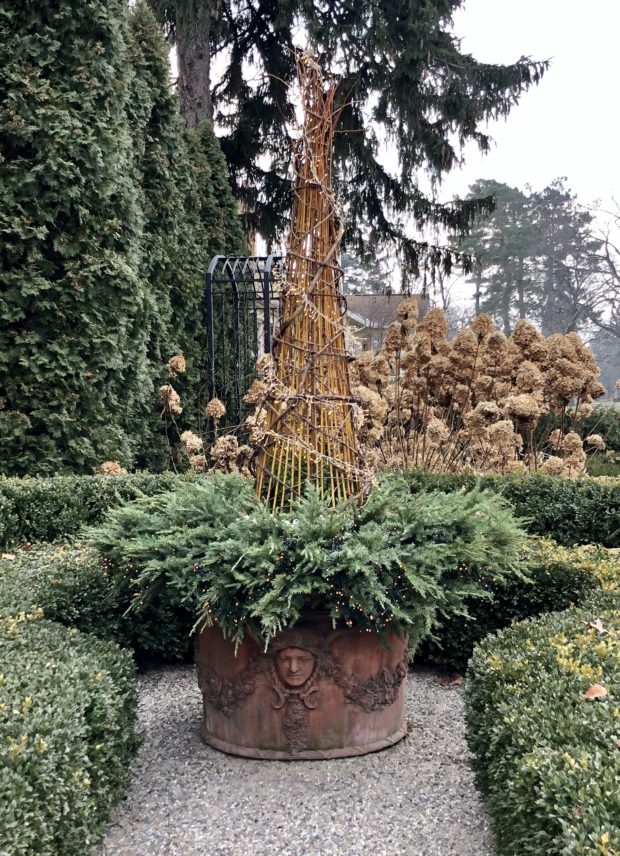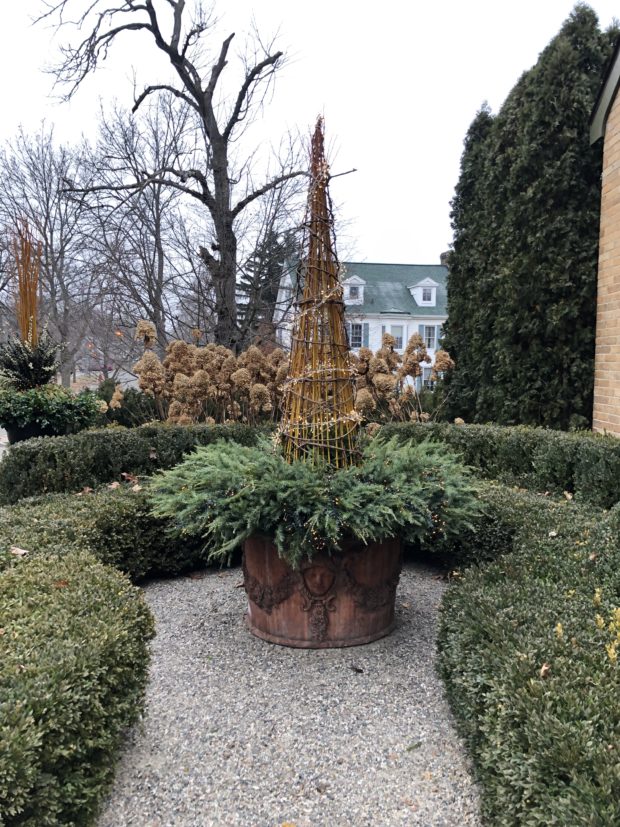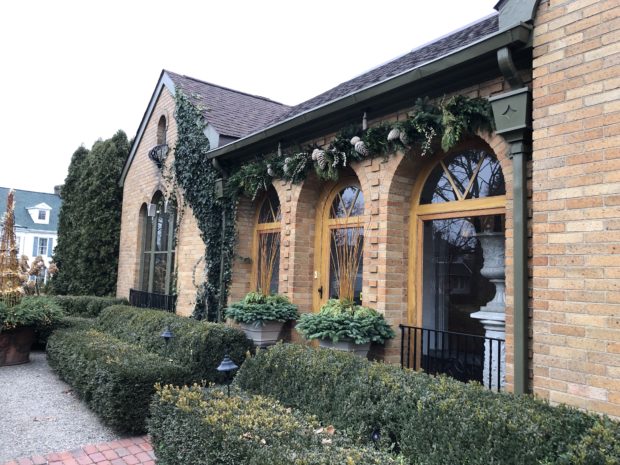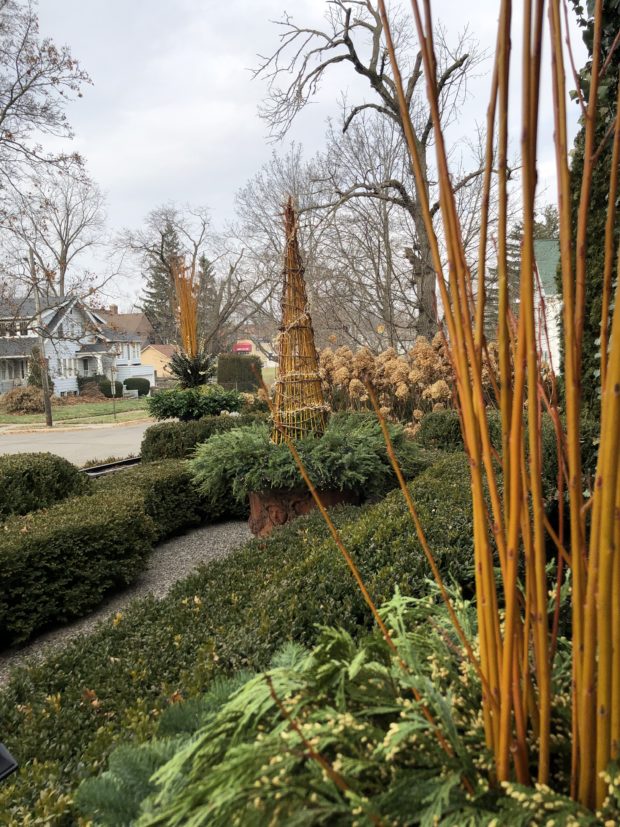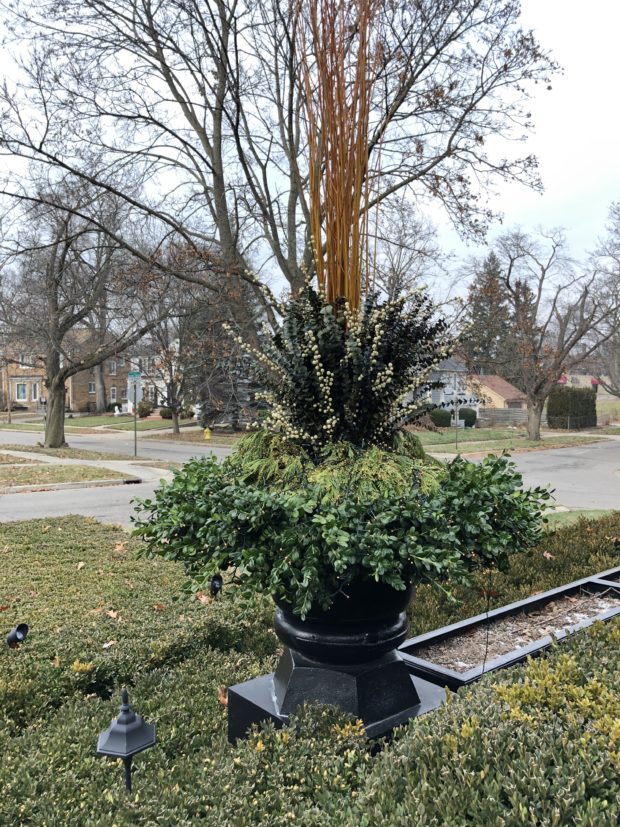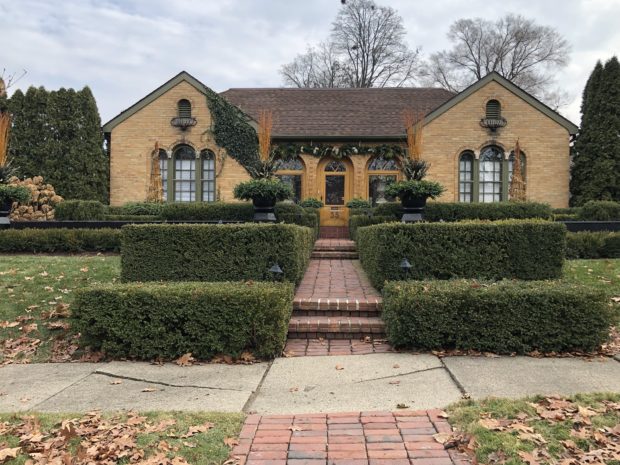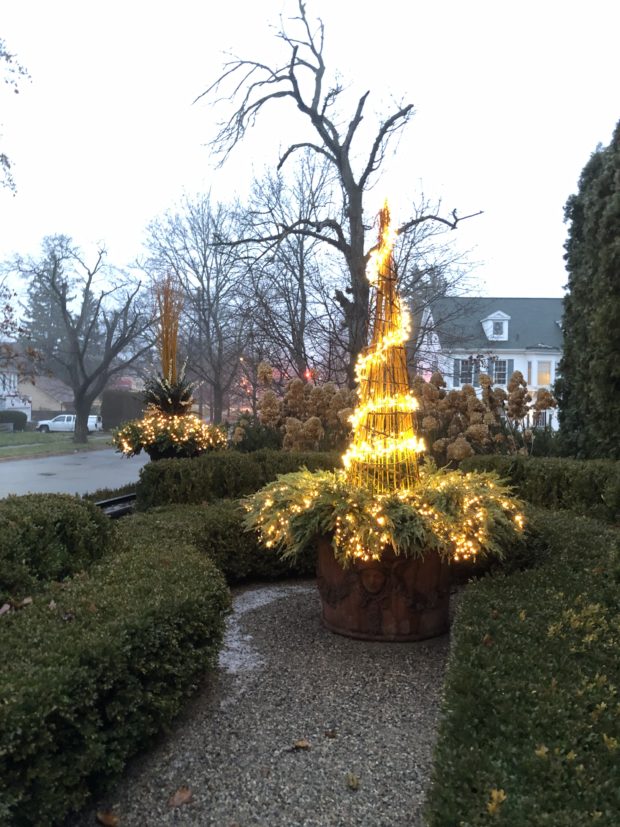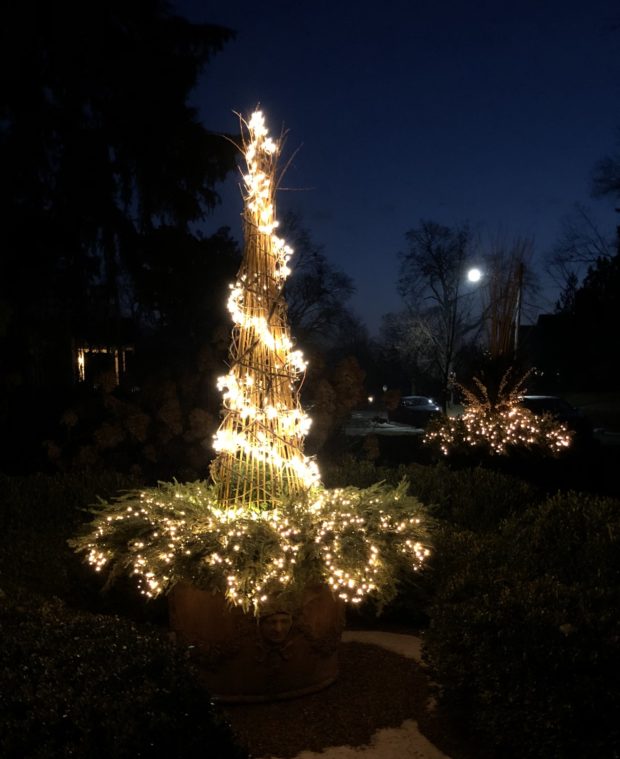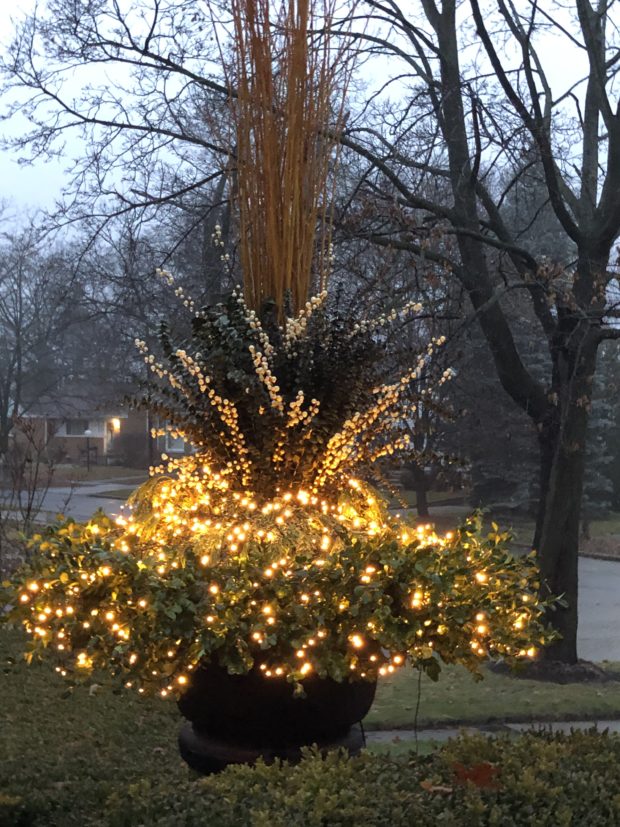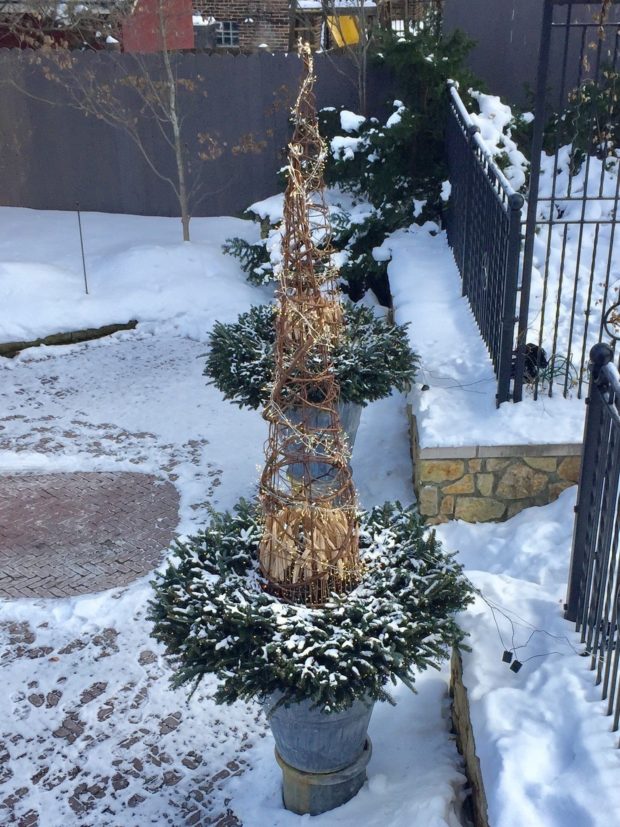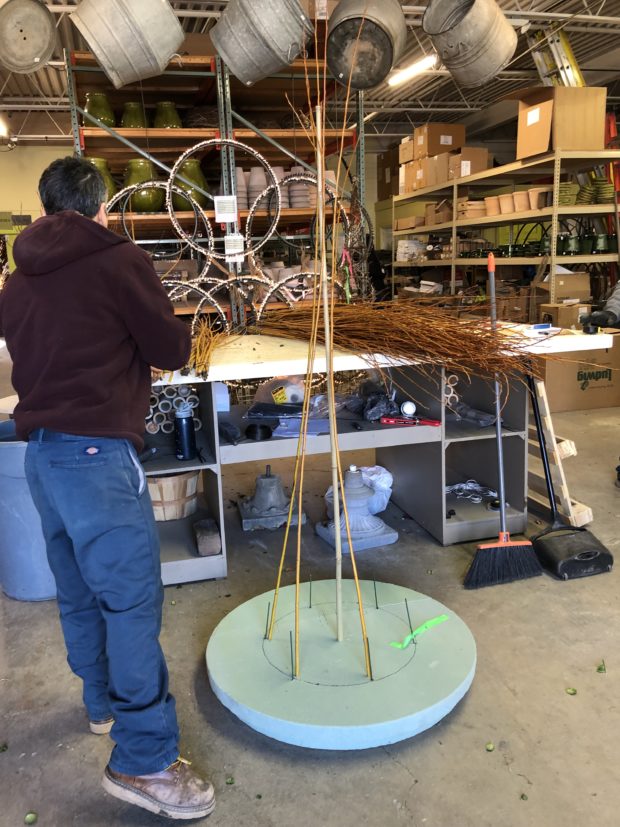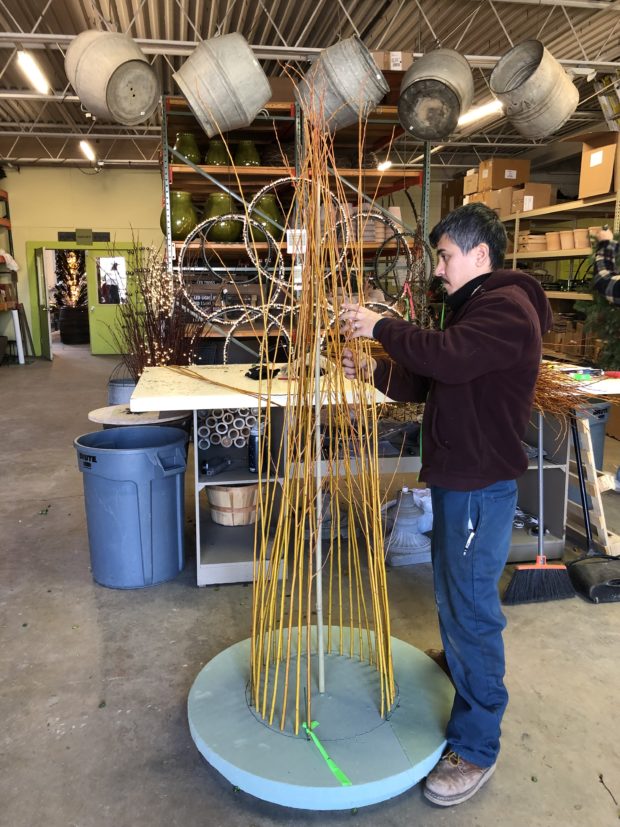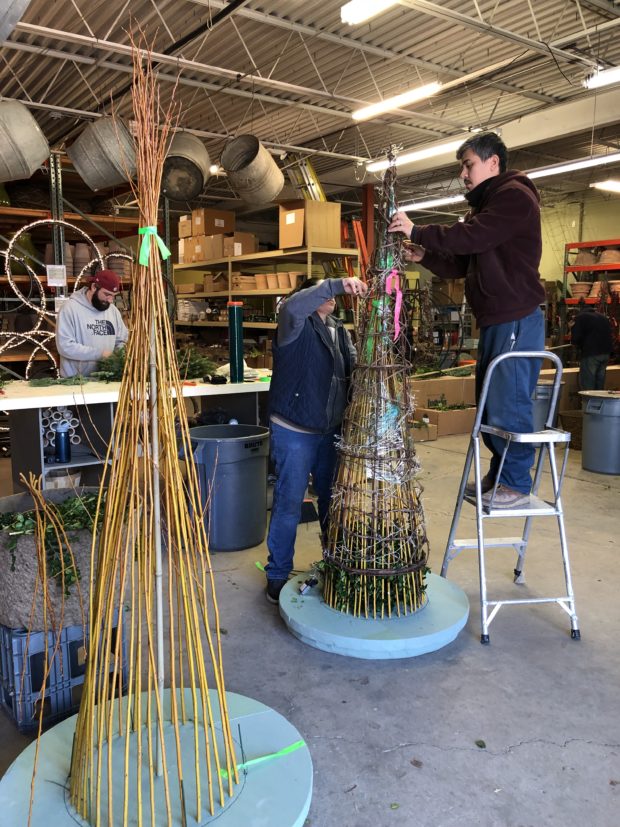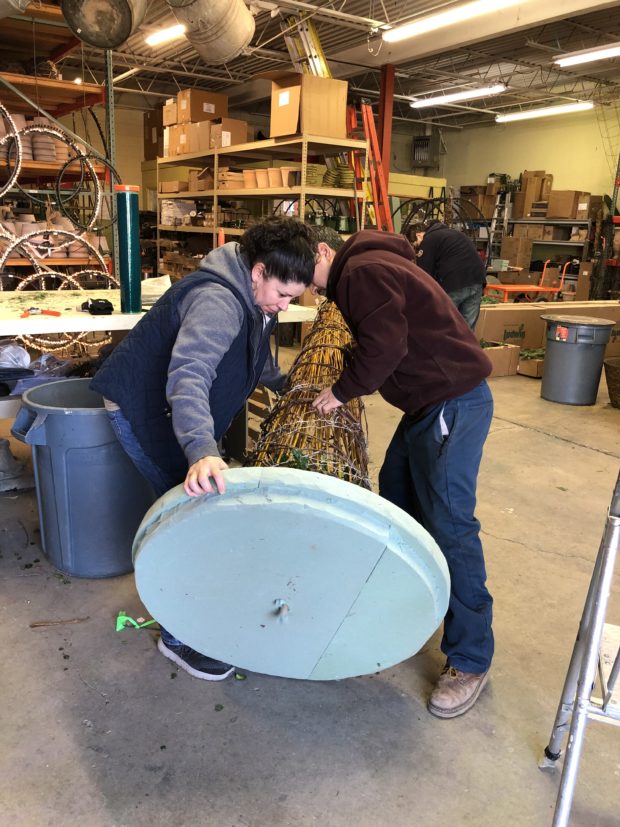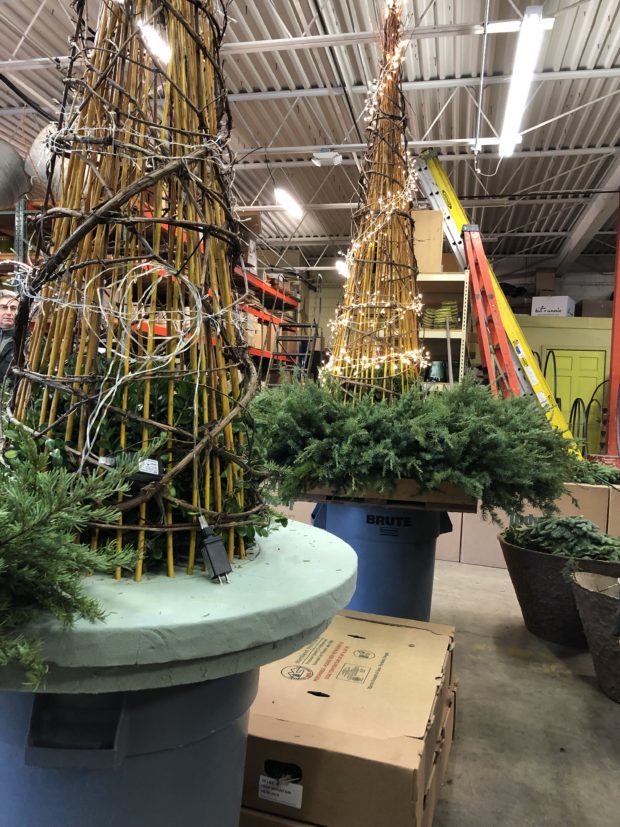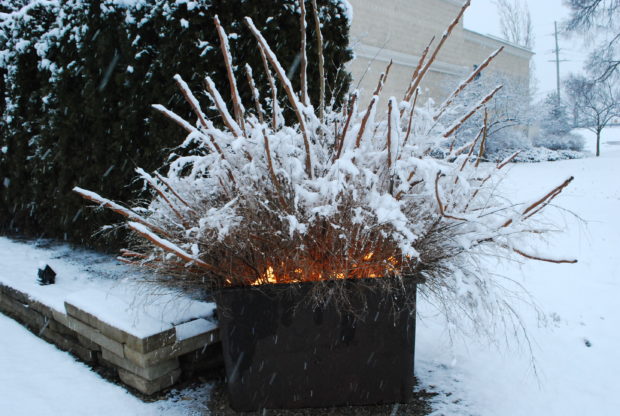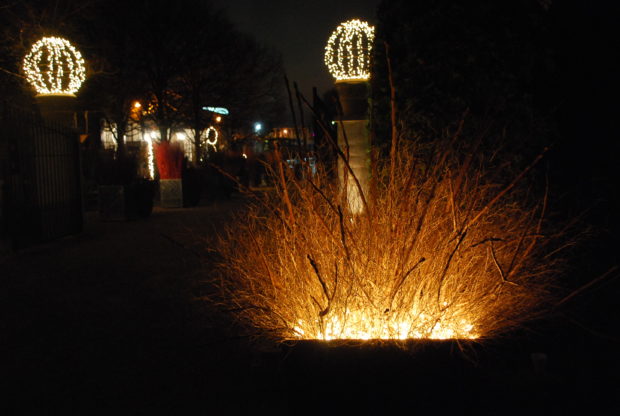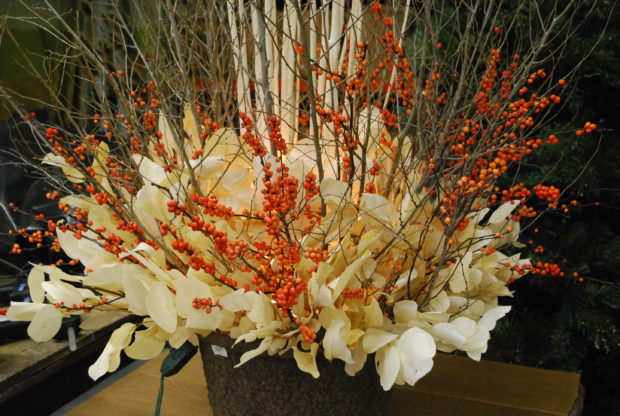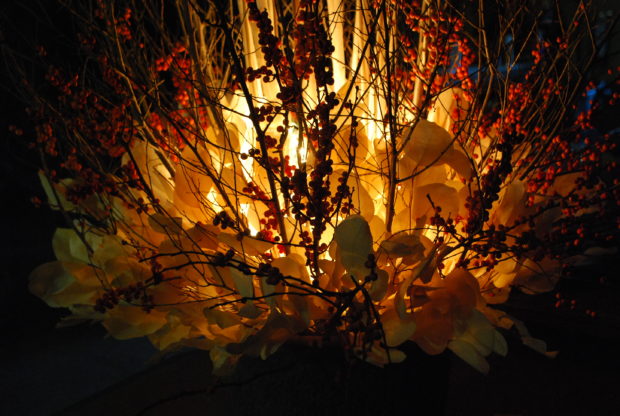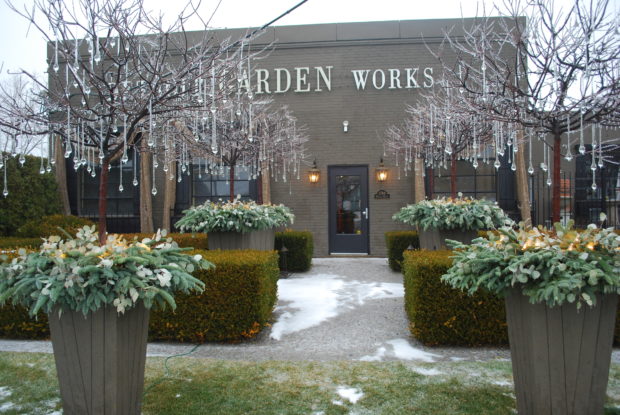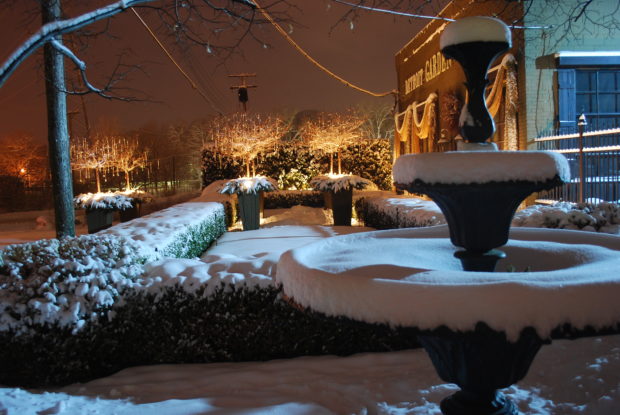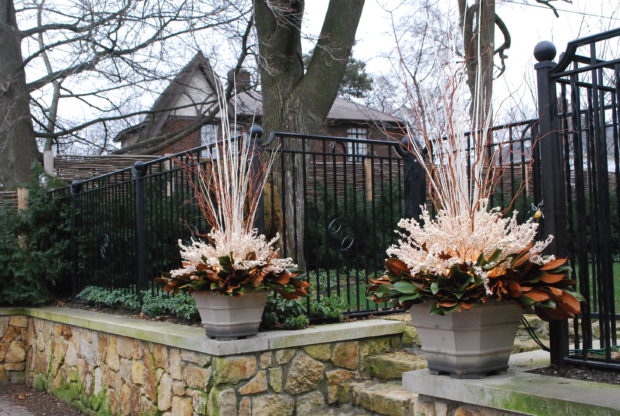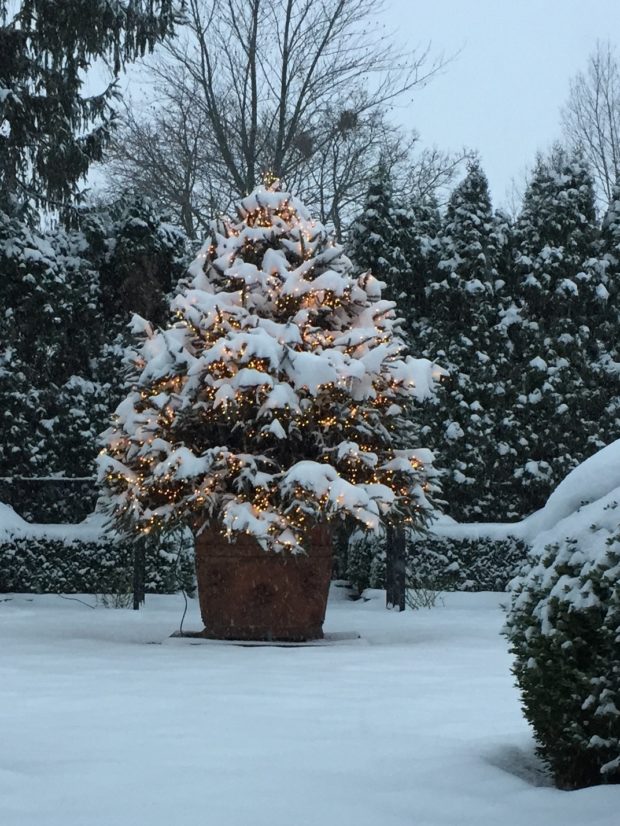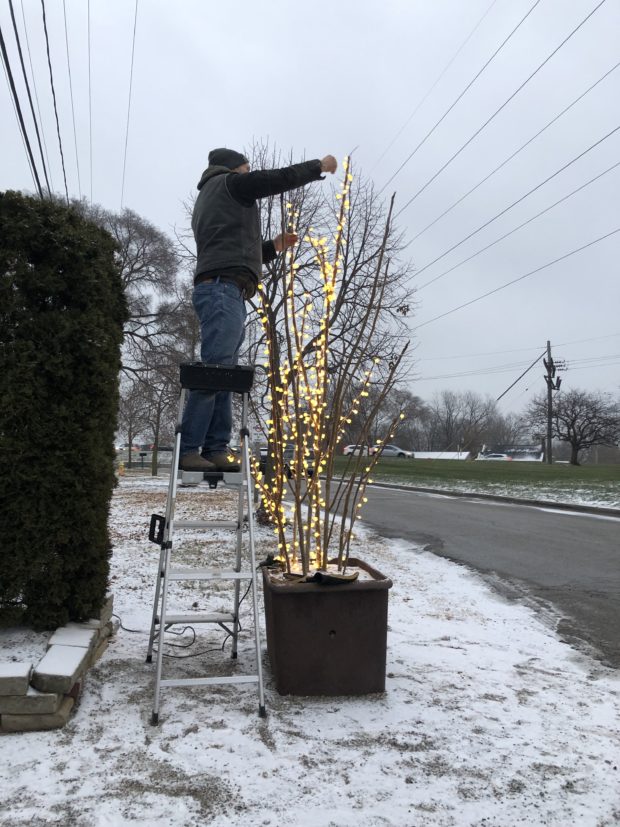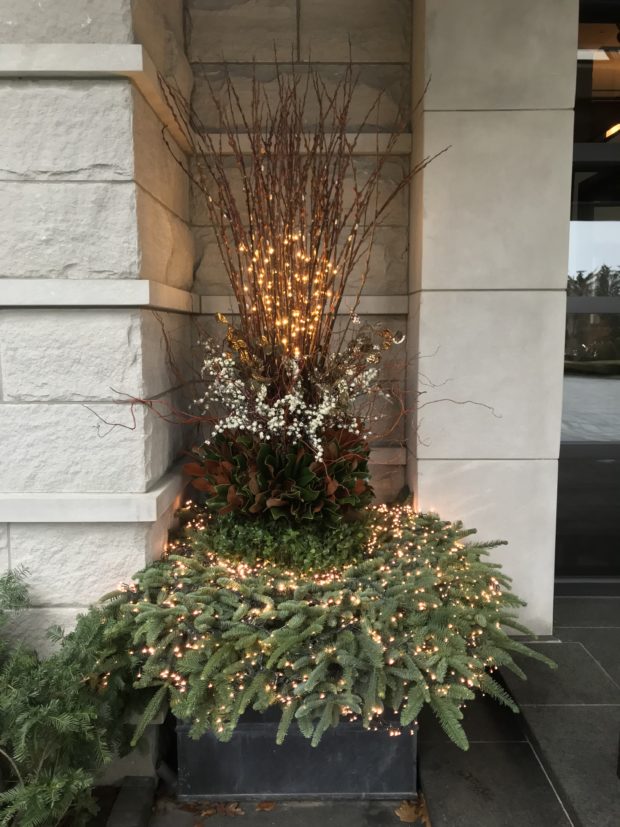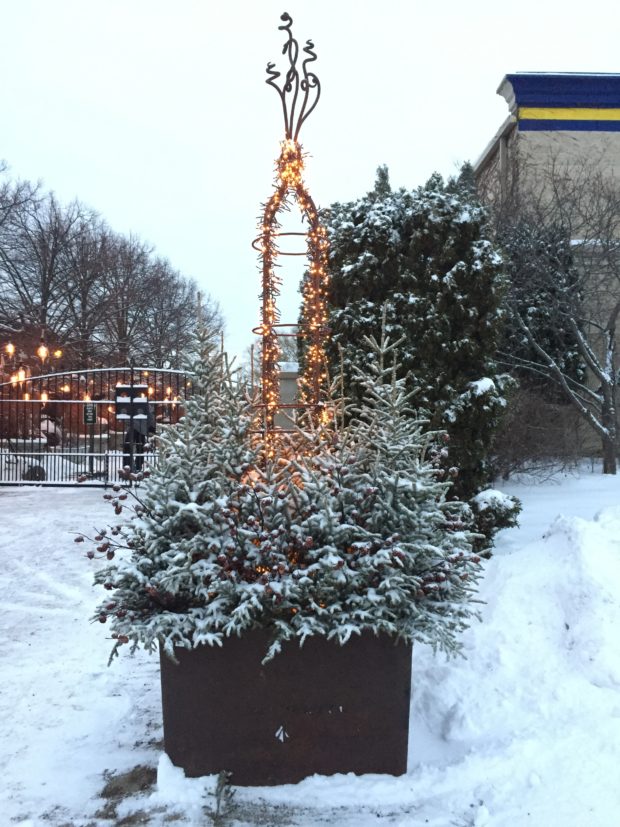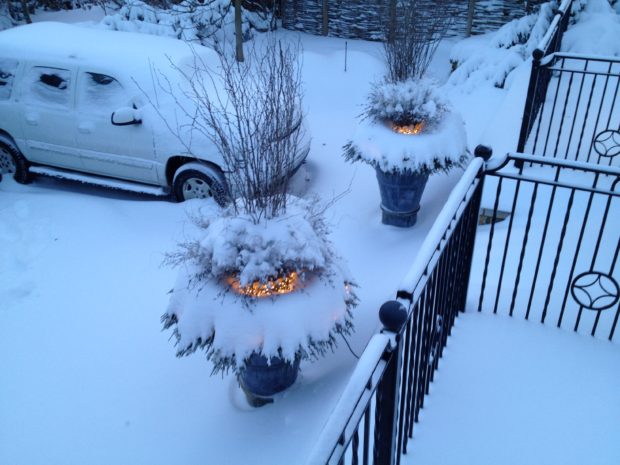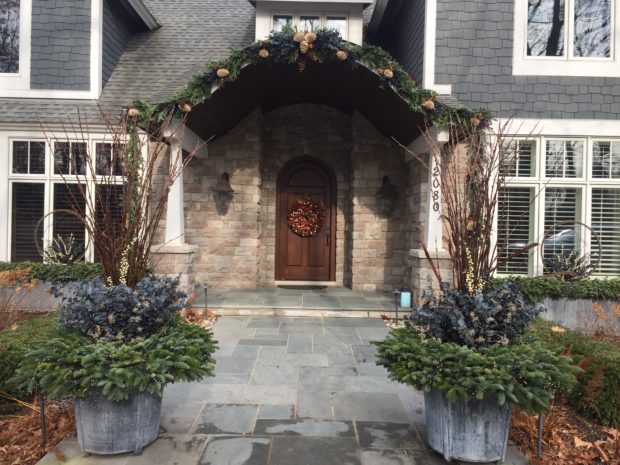 All of my group has been fabricating and installing at a breakneck pace since early November. That intensity has its ups and downs. By the end of a six day week, we are all tired. But the best part of an intense season are those great ideas that emerge. Design and fabrication is a big fluid situation ripe for innovation. I see that happening every day, from every member of my crews. They not only produce the work, they endow it. How I love that. Would that I could express what it is like for us during this end of the year gardening season, but that would be a full length movie of interest to my group, and not so much anyone else. So suffice it to let the work speaks for itself.
All of my group has been fabricating and installing at a breakneck pace since early November. That intensity has its ups and downs. By the end of a six day week, we are all tired. But the best part of an intense season are those great ideas that emerge. Design and fabrication is a big fluid situation ripe for innovation. I see that happening every day, from every member of my crews. They not only produce the work, they endow it. How I love that. Would that I could express what it is like for us during this end of the year gardening season, but that would be a full length movie of interest to my group, and not so much anyone else. So suffice it to let the work speaks for itself.
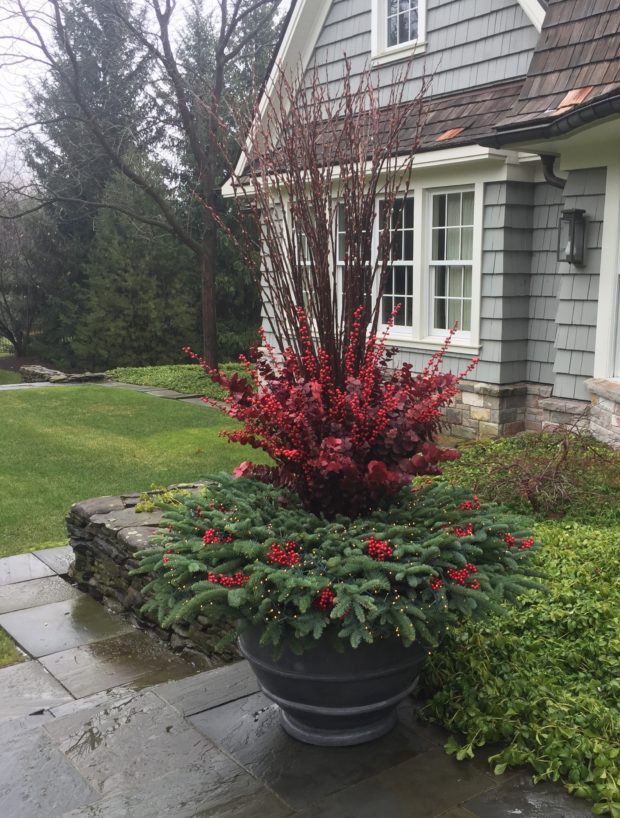 English lead pot from Bulbeck dressed for the winter
English lead pot from Bulbeck dressed for the winter
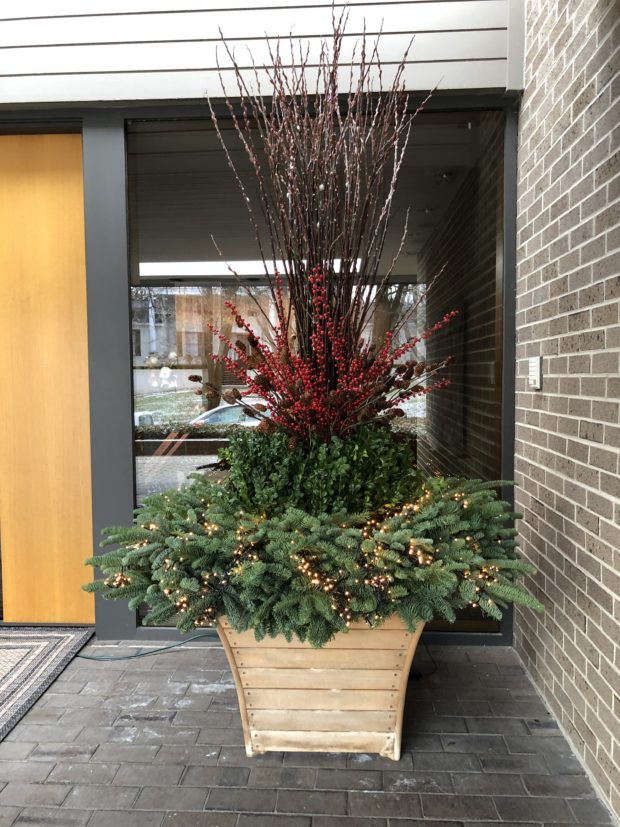 Layered winter pot featuring a stand u[p collar of German boxwood
Layered winter pot featuring a stand u[p collar of German boxwood
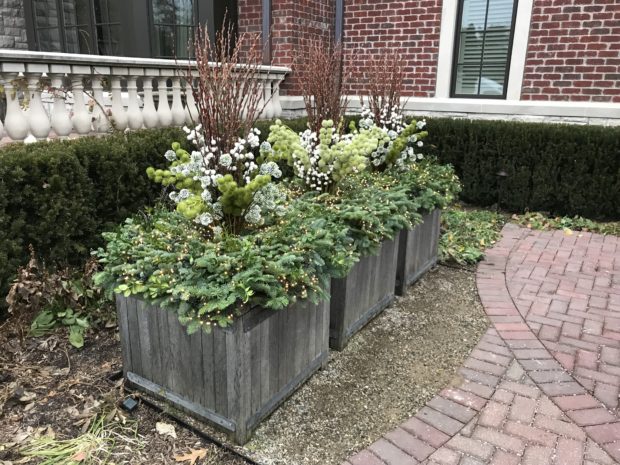 trio of wood boxes dressed for winter
trio of wood boxes dressed for winter
 single London Plane tree lighted for winter
single London Plane tree lighted for winter
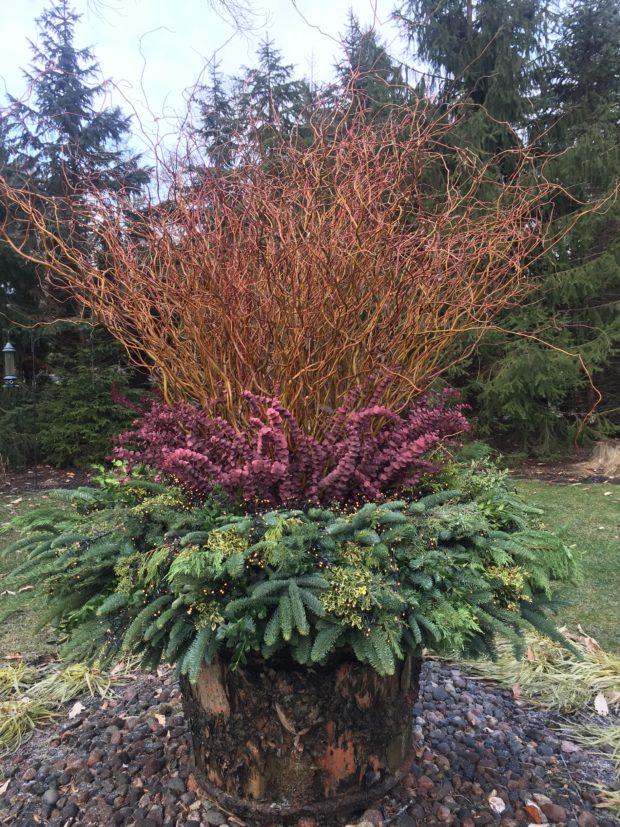 Pink eucalyptus and copper curly willow
Pink eucalyptus and copper curly willow
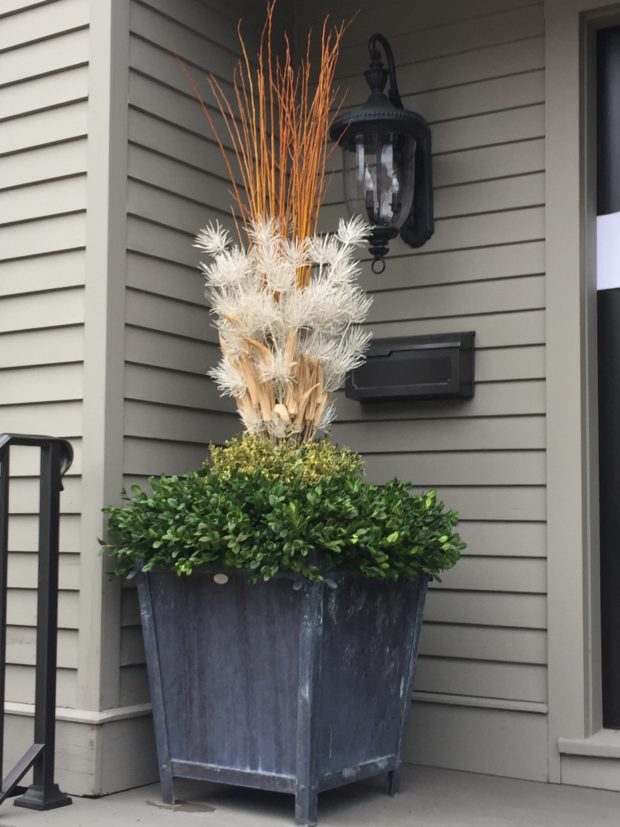 winter arrangement with faux bleached pine picks and dry okra pods
winter arrangement with faux bleached pine picks and dry okra pods
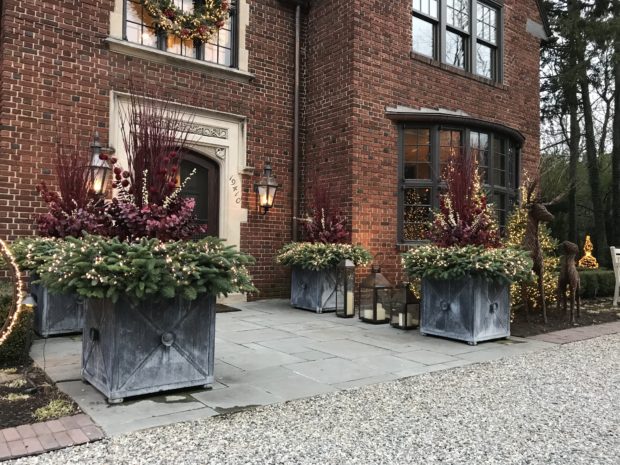 Jackie boxes ready for the holidays
Jackie boxes ready for the holidays
 curly copper willow and cotton picks
curly copper willow and cotton picks
 magnolia and faux sedum flower picks
magnolia and faux sedum flower picks
 Himalayan white barked birch with a winter blanket
Himalayan white barked birch with a winter blanket
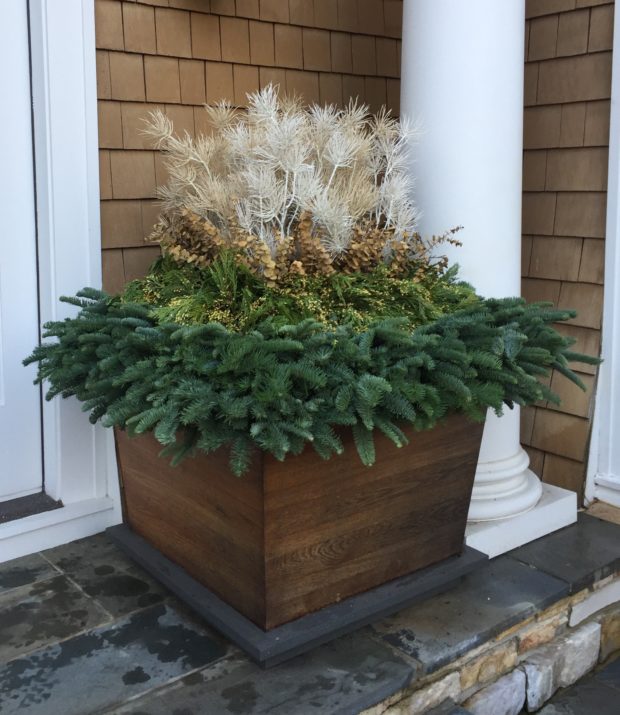 front porch box with a winter arrangement
front porch box with a winter arrangement 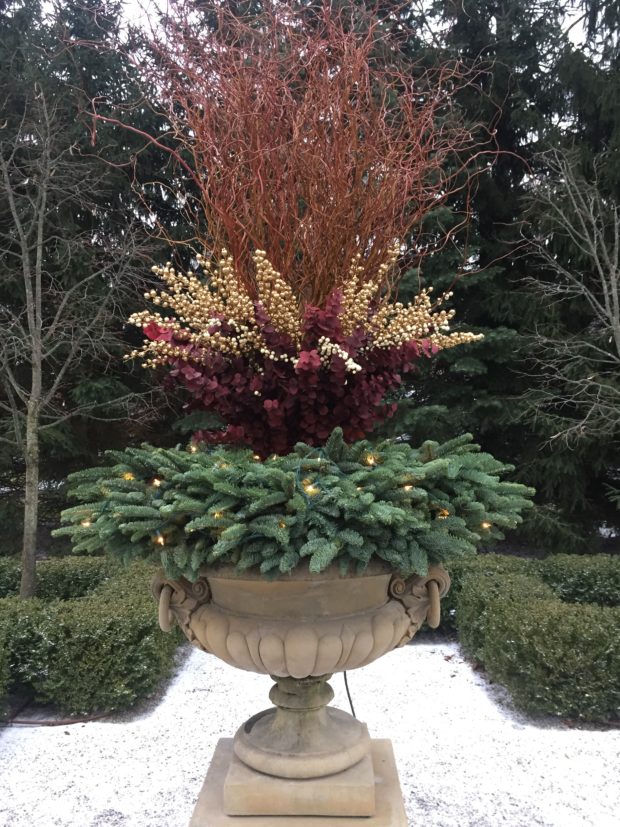 English urn dressed for the holidays
English urn dressed for the holidays
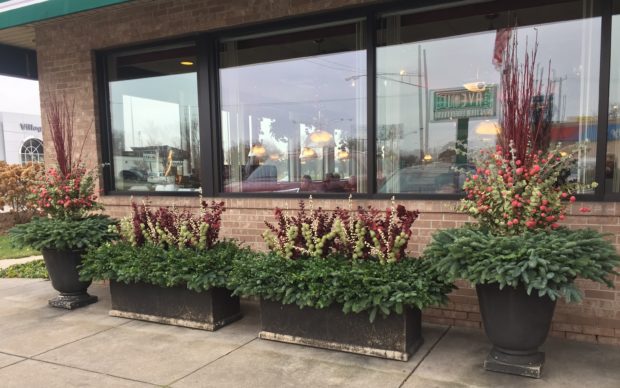 winter cheer for a local restaurant
winter cheer for a local restaurant
 Dry integrifolia and white eucalyptus mixed
Dry integrifolia and white eucalyptus mixed
 Birch branches and red twig dogwood
Birch branches and red twig dogwood
 red bud pussy willow, pine cone picks, magnolia branches and noble fir
red bud pussy willow, pine cone picks, magnolia branches and noble fir
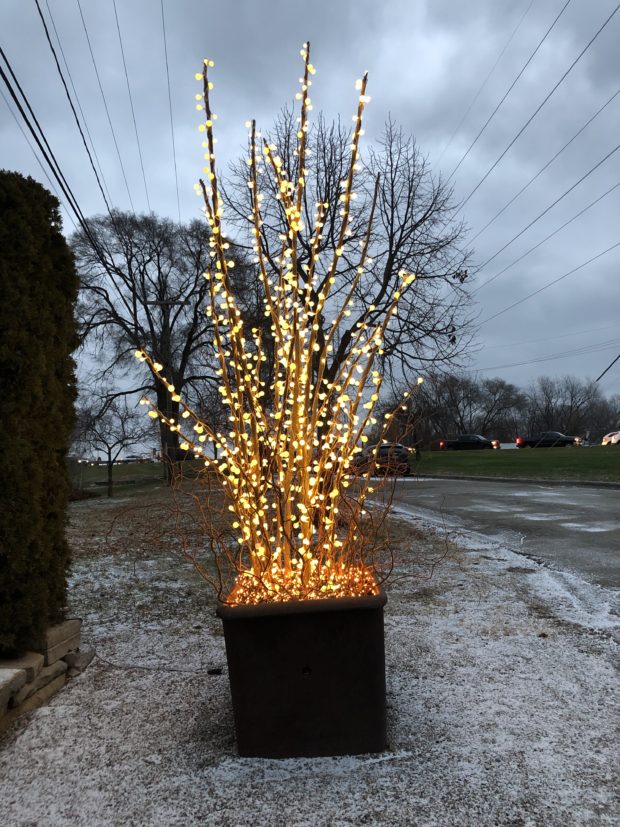 lighted winter container with foraged tree of heaven branches
lighted winter container with foraged tree of heaven branches
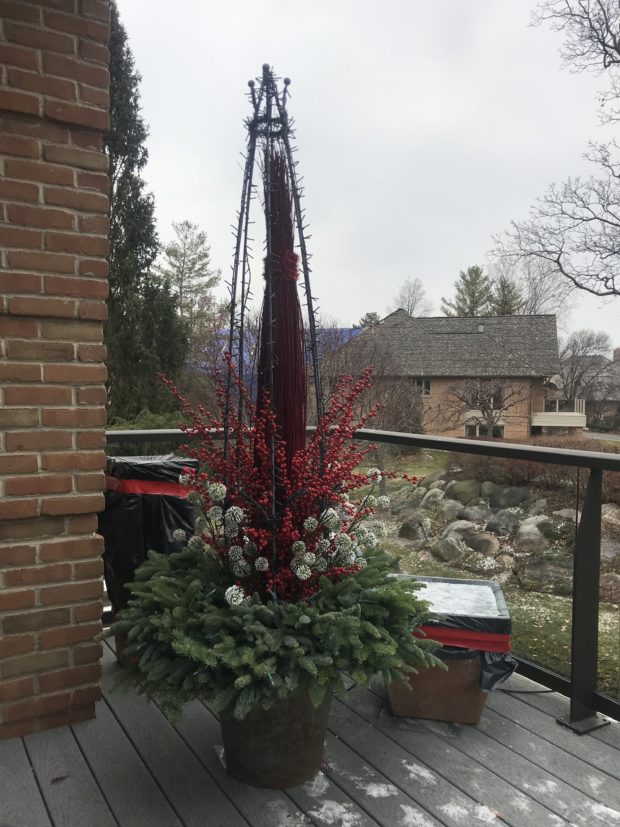 lighted topiary form with red and green
lighted topiary form with red and green
 curly willow and red eucalyptus
curly willow and red eucalyptus
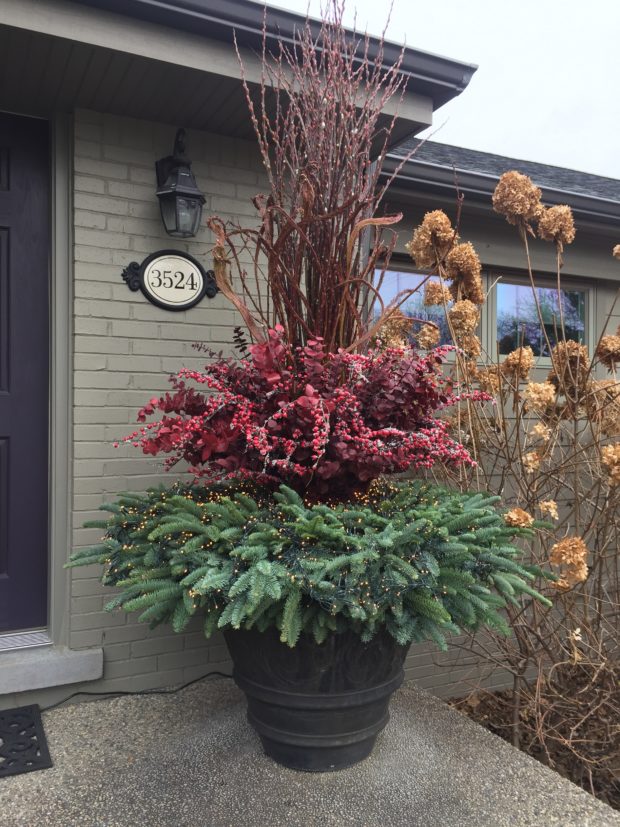 red eucalyptus and icy red berry picks
red eucalyptus and icy red berry picks
 5′ diameter light rings, green fuzz ball picks and red bud pussy willow make a bold statement.
5′ diameter light rings, green fuzz ball picks and red bud pussy willow make a bold statement.
A Michigan winter calls for a little gardening intervention.

